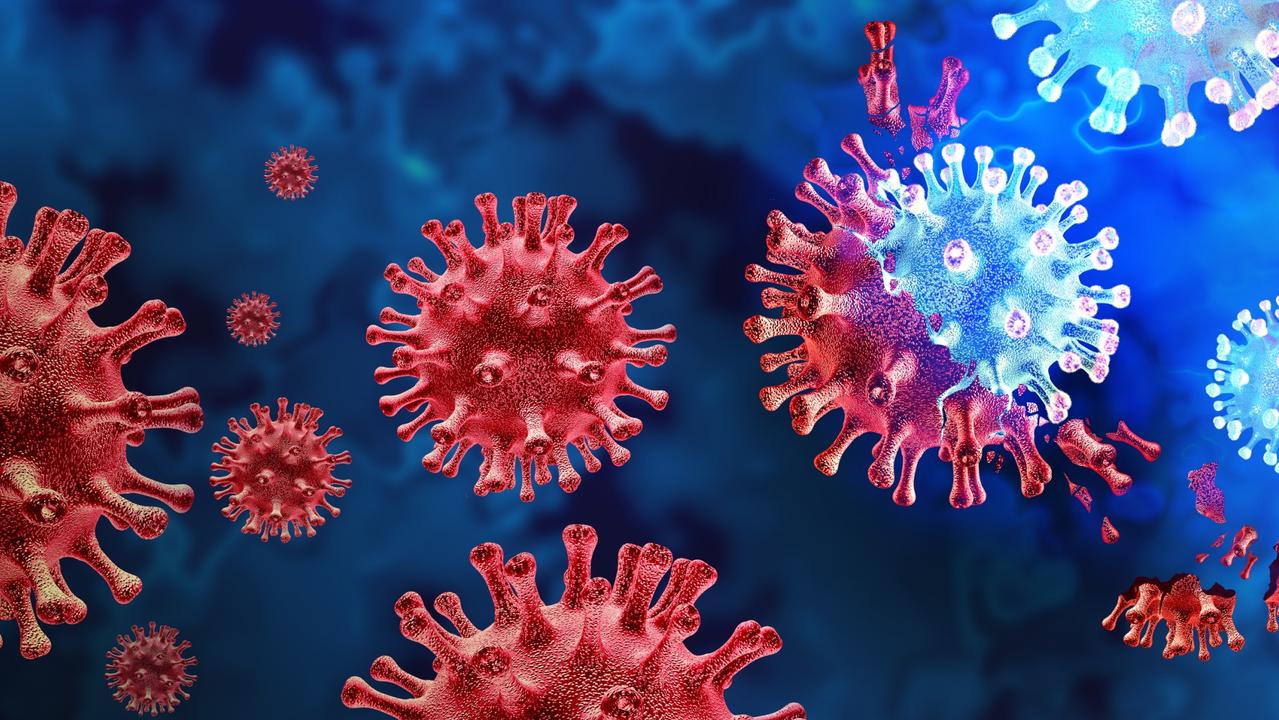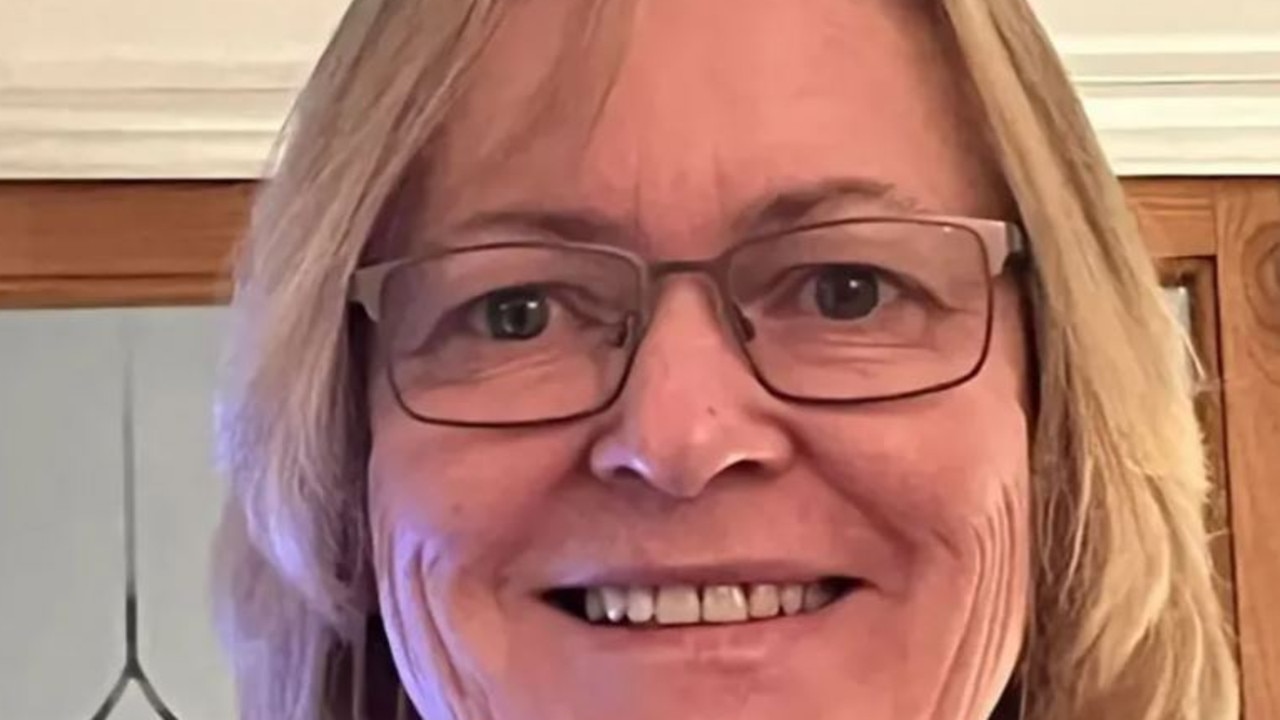Synthetic opioid 100 times more potent than heroin detected in Australia
A substance that’s 100 times more potent than heroin has been detected in Australia, with a spate of hospitalisations after people unknowingly took it.
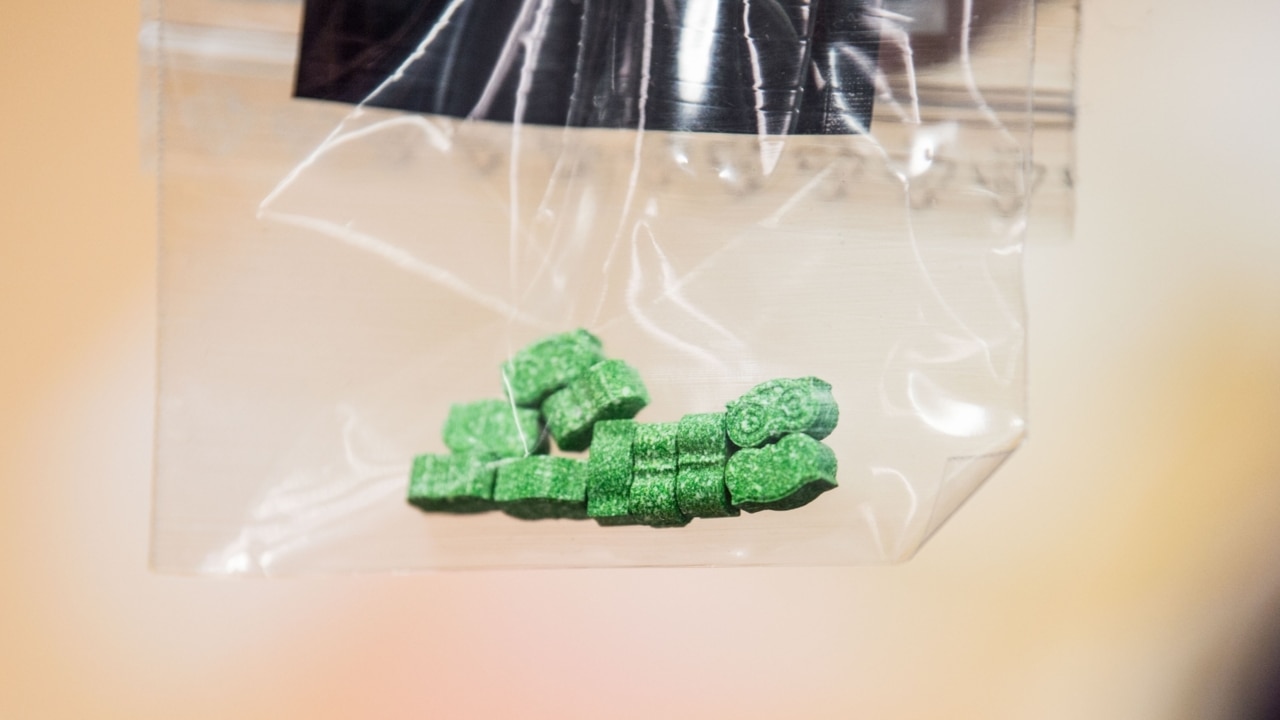
Health
Don't miss out on the headlines from Health. Followed categories will be added to My News.
Batches of cocaine sold in Australia have been laced with a deadly opioid that’s 100 times more potent than heroin, sparking an urgent health alert.
A number of Aussies who recently purchased and consumed what they believed was cocaine suffered “serious” adverse effects due to the presence of synthetic opioid proto-nitazene, the group Harm Reduction Victoria has revealed.
Among the symptoms suffered were a loss of consciousness, respiratory depression, and life-threatening hypoxia, or a lack of oxygen in the blood.

Variants of nitazene, which are on par with the opioid fentanyl but tend to be stronger and faster acting, have been circulating in Australia over the past year or so, but in relatively low levels.
“It has shown up in some cocaine supplies in Australia in recent times, which is an alarming trend,” Harm Reduction Victoria’s policy and advocacy manager Nick Kent said.
It’s the latest in a string of incidents involving overdoses among those who unknowingly consumed opioids.
Spate of unintentional overdoses
On June 25, the bodies of four people – a 17-year-old boy, two men aged in their 30s, and a 42-year-old woman – were discovered inside a home in the Melbourne suburb of Broadmeadows after a suspected overdose.
A preliminary toxicology report found all four had a synthetic opioid in their systems, and while investigators won’t reveal what the substance was, they have confirmed it wasn’t fentanyl.
All four were found deceased in the same room of the Broadmeadows home, where drug paraphernalia was also discovered.

In late March, support workers in Western Sydney were met with a horrifying scenario, with reports of some 20 drug overdoses over the Easter long weekend.
Described as “seasoned heroin users”, those impacted believed the drugs they ingested were laced with fentanyl.
“They were telling me it happened very quickly, that people were going down very quick, and that it was taking multiple doses of naloxone to bring them back … anywhere up to five,” a peer worker based in Penrith told the ABC.
Naloxone is a medicine that can rapidly reverse an opioid overdose, potentially preventing death.
So concerned were authorities by the Western Sydney overdose cluster that an urgent alert was issued, encouraging those using illicit substances to carry a dose of naloxone with them.
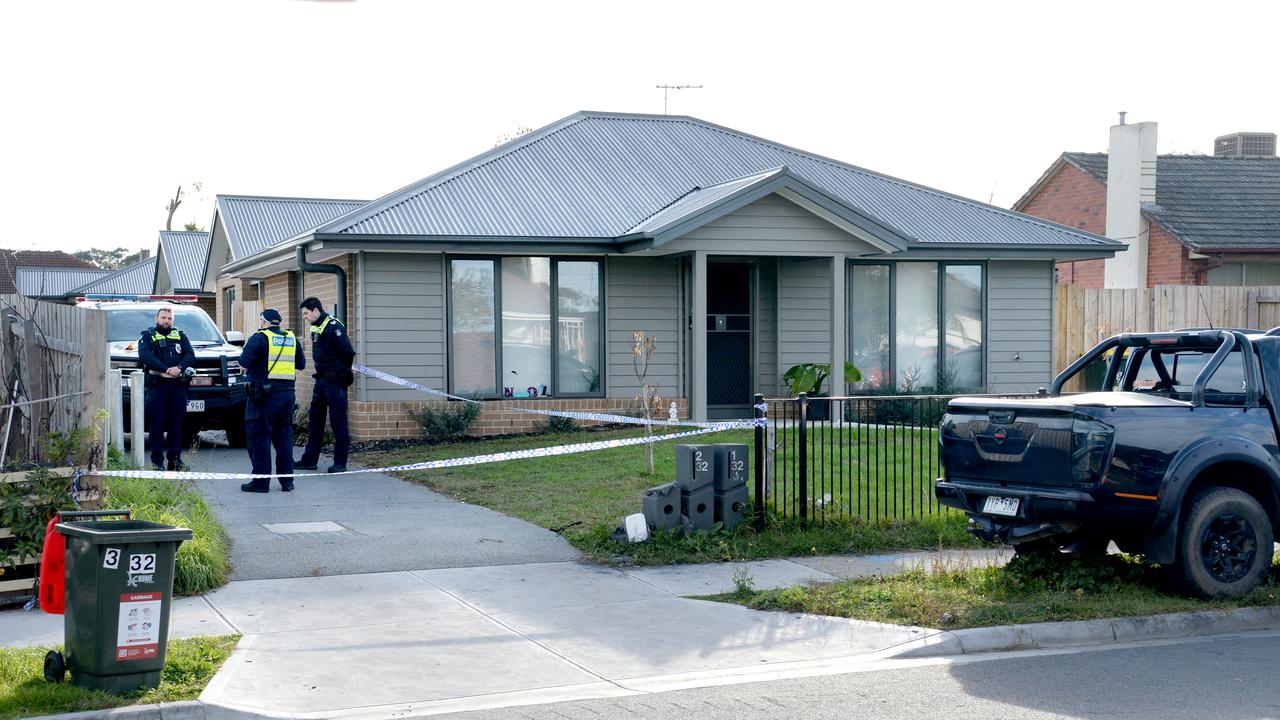
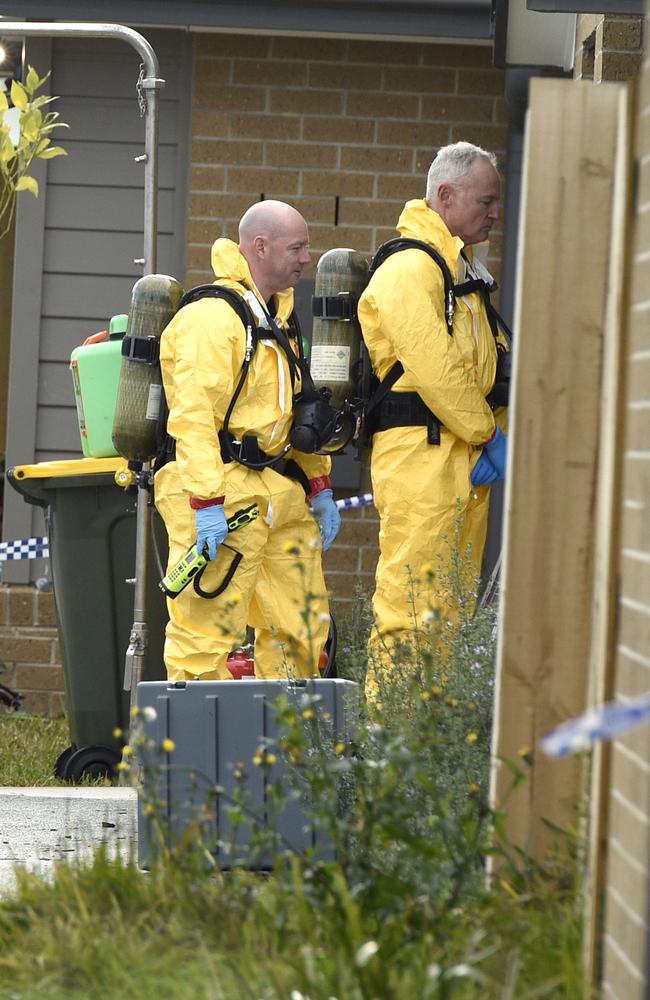
And last month, a warning circulated on social media about the suspected presence of fentanyl in a batch of ketamine sold in inner-city Sydney.
“This stuff seems to be in everything lately,” one group posted on Instagram. “Be careful out there.”
Health authorities in New South Wales have seen instances of unintentional overdoses in recent times.
“We’re noticing that drug users are having experiences that they weren’t expecting,” NSW Ambulance Senior Assistant Commissioner Clare Beech told the ABC.
Fight to avoid a catastrophe
North America has been rocked by mass overdoses and deaths in recent years, both from the deliberate abuse of drugs like oxycodone and fentanyl and as well soaring instances of illicit substances like cocaine and ketamine being laced with opioids.
Last year, there were more than 107,000 fatal overdoses in the United States, and almost 75,000 of them were caused by synthetic opioids, according to the National Centre for Health Statistics.

“Our colleagues and sister organisations in countries like Canada and the US are seeing these adulterant drugs become really, really present in the drug supply,” Mr Kent said.
“We do see that happen within the illicit opiate market but also within a wide range of drug markets. It’s affecting everyone, and as we know, a wide range of people in society so the risk is broad.”
Australia has successfully managed to avoid an opioid catastrophe like that witnessed in North America, but authorities remain on high alert.
Shane Neilson, acting national manager of data analytics at the Australian Criminal Intelligence Commission, said the nation has “a number of advantages”.
“Firstly, we’re able to look at what has happened in the United States and learn from that, and we talk to our liaison partners over there about how it unfolded in North America,” Mr Neilson said.
“The situation in Australia is significantly different in terms of control but also the organised crime element. In America, there’s significant supply [from organised crime], originally from China but more recently from Mexico.
“In Australia there is not a large organised crime element within the supply side of the market. We’re obviously vigilant to make sure that remains the case.”
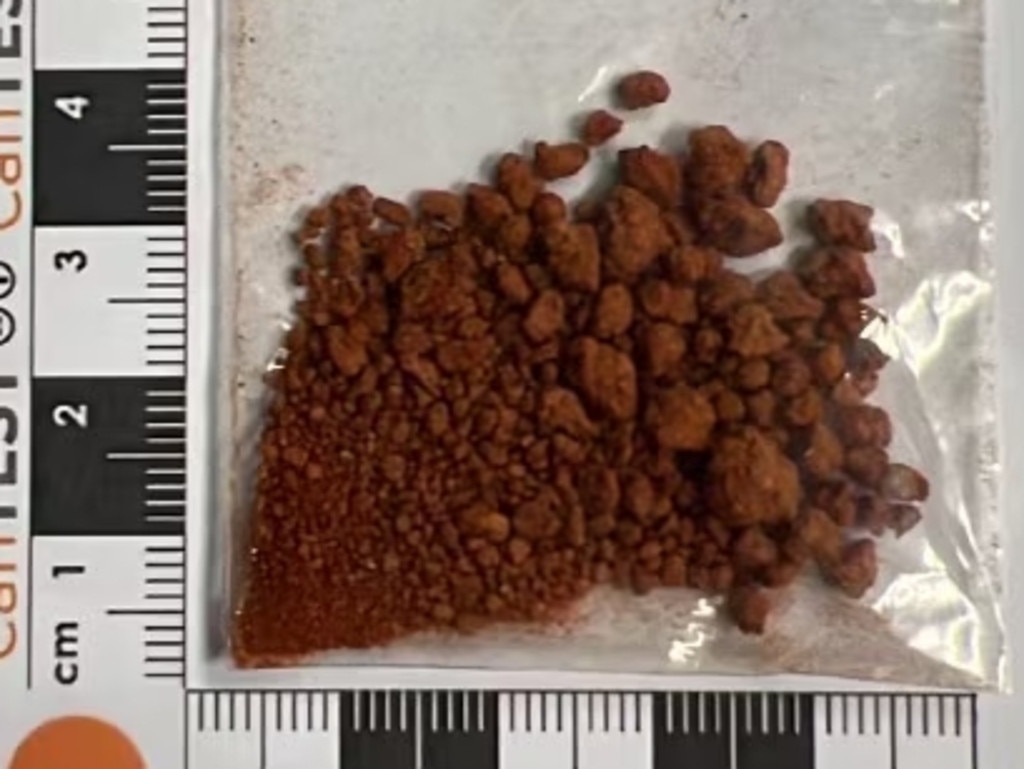
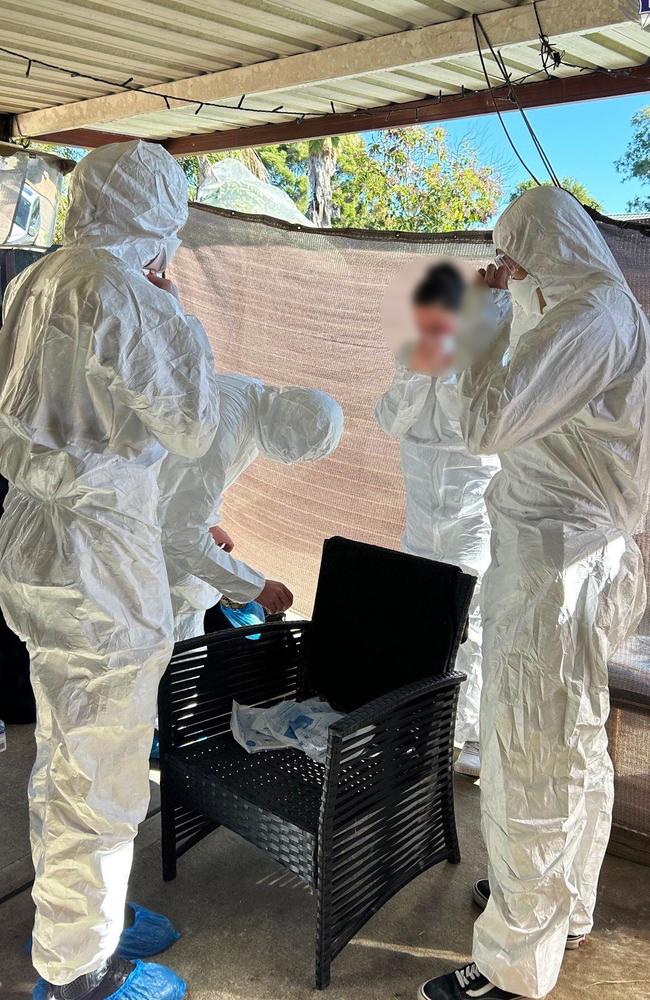
Most importantly, a wide-ranging focus on prevention has proven successful in creating “a situation in this country that’s very different to what we see internationally”, he said.
The ACIC runs a wastewater drug monitoring program in conjunction with academics from The University of Queensland and the University of South Australia, giving regular insights into usage patterns.
“It reflects both licit and illicit use because we can’t differentiate between the two in wastewater,” Amber Meagher, director of drug data collection at the ACIC, said.
“But since 2018, if you do look at the average consumption of fentanyl, you can see considerable decreases. It coincides … with a number of [harm reduction and prevention] measures that were put in place [over that period].”
Those evident falls in usage haven’t been replicated with other illicit substances, such as methyl amphetamines.
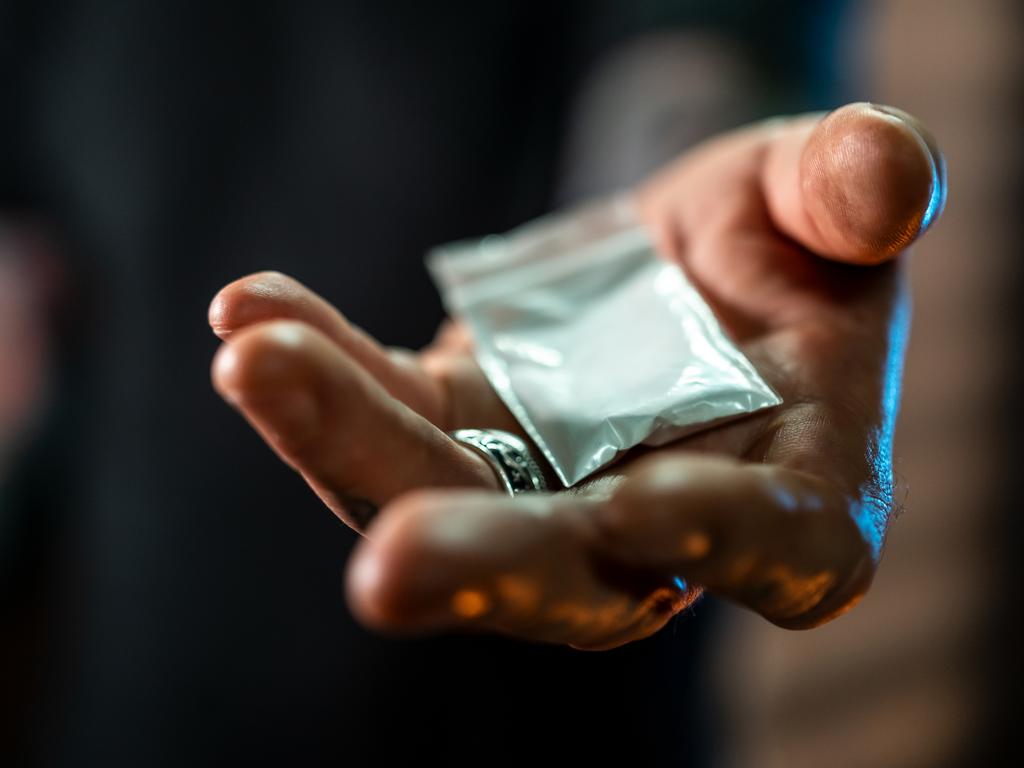
One trend that has been of concern is higher fentanyl consumption in regional areas, which is generally twice that witnessed in major cities.
“It has gone up a little bit post-Covid, but certainly it is nowhere near what it was at the start of the program, and that is a very pleasing thing for us,” Ms Meagher said.
‘Must remain vigilant’
The success of the country’s harm reduction and prevention policies shouldn’t see complacency fester.
“We need to be careful not to cause a panic and I don’t think sensationalism is helpful, however we do need to be realty vigilant,” Mr Kent said.
“It has been horrific to watch the slow-moving train wreck in North America with hundreds of thousands of overdose deaths annually.
“There are things that the government can do to ameliorate that, and I think there is a real need for a wider societal conversation about what we do around drugs.”
Some states have introduced either trials or the rollout of drug-checking services where recreational users can have substances tested to ensure they’re consuming what was intended.
But Mr Kent said Australia must “scale-up its harm reduction services”.
“Some of the solutions to really nip this in the bud and to really make sure we don’t end up in a situation like Canada and the United States are going to require difficult conversations about how we manage drug use as a society.
“I think we need to be ready to have those discussions now.”
Originally published as Synthetic opioid 100 times more potent than heroin detected in Australia





